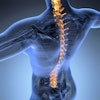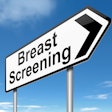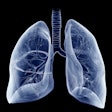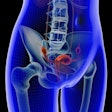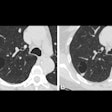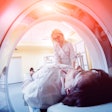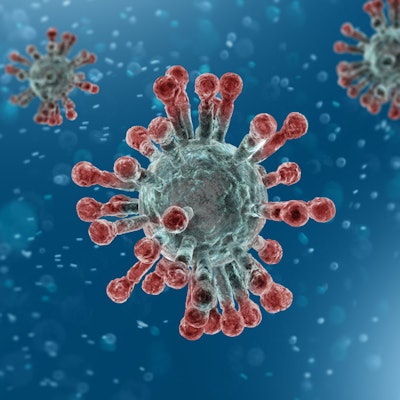
Using a prediction model with CT helps risk-stratify patients with moderate COVID-19 disease, according to a study conducted by Chinese researchers and published October 2 in Nature Communications.
The findings offer clinicians a way to better gauge disease progression risk in COVID-19 patients -- and thus tailor treatment, wrote a team led by Dr. Zhichao Feng of Third Xiangya Hospital, Central South University, in Changsha, Hunan, China.
"Timely identification of patients with high risk to develop ARDS [acute respiratory distress syndrome] or multiorgan failure and risk stratification management might be helpful for more individually aligned treatment plans, optimized utilization of medical resources, and prevention of further deterioration," the authors wrote.
Rapid deterioration
Although most people with COVID-19 have mild disease, some deteriorate into severe illness, with or without ARDS, Feng and colleagues noted. These patients often have a fatality rate 20 times higher than those with mild disease, making it crucial to identify them early. That's where CT can help.
"Several studies reported that the prevalence of severe COVID-19 ranged from 15.7% to 26.1% among patients admitted to hospital, and these cases were often associated with abnormal chest CT findings and clinical laboratory data," the group wrote. "[Chest] CT has been proposed as an ancillary approach for screening individuals with suspected COVID-19 pneumonia during the epidemic period and monitoring treatment response according to dynamic radiological changes."
Feng's team conducted a study that included 247 patients with COVID-19. The group created a disease severity prediction nomogram that included factors such as patient age, neutrophil-to-lymphocyte ratio, and CT severity score on hospital admission. Data from 141 of the total patient cohort were used as a derivation set, while data from 106 were used to validate the model.
"[We] retrospectively enrolled patients with moderate COVID-19 pneumonia on admission from multiple hospitals and observed for at least 14 days to explore the early CT and clinical risk factors for progression to severe COVID-19 pneumonia, and constructed a nomogram based on the independent factors," the group wrote.
Feng and colleagues found that a higher CT severity score corresponded with higher inflammatory levels, and that older age, higher neutrophil-to-lymphocyte ratio (NLR), and CT severity scores on hospital admission were predicting factors for patient progression to severe disease. Hypertension was also a factor.
| Risk factors for progression to severe COVID-19 disease (derivation cohort) | ||
| Variable | Odds ratio | p-value |
| Hypertension | 4.93 | 0.007 |
| Crazy-paving sign on CT | 3.09 | 0.042 |
| NLR | 2.13 | < 0.001 |
| CT severity score | 1.32 | 0.001 |
| Age | 1.09 | 0.001 |
In the derivation cohort, 10.6% of patients progressed to severe pneumonia; the prediction model validation cohort had a similar rate of 9.4%. In the derivation group, 40% of those who developed severe disease further progressed to critical illness, while in the validation group 50% of patients progressed to critical disease.
Finally, the team measured the nomogram's performance using the area under the receiver operating curve (AUC) and found good agreement: In the derivation cohort, the prediction model's AUC was 0.867, while in the validation cohort, it was 0.898.
Calculating risk
Feng and colleagues have made the nomogram freely available as an online risk calculator, and they hope it will offer their peers an additional resources as they cope with COVID-19.
"[Our results indicate] that older age, higher NLR, and CT severity score on admission were independent risk factors for clinical progression in moderate COVID-19 pneumonia patients, and the nomogram based on the three risk factors showed favorable predictive accuracy in the derivation and validation cohorts," the investigators concluded. "Chest CT has the potential to early predict the risk of progression and reflect disease severity as well, which may also help guide the timing of admission for COVID-19 pneumonia patients."

